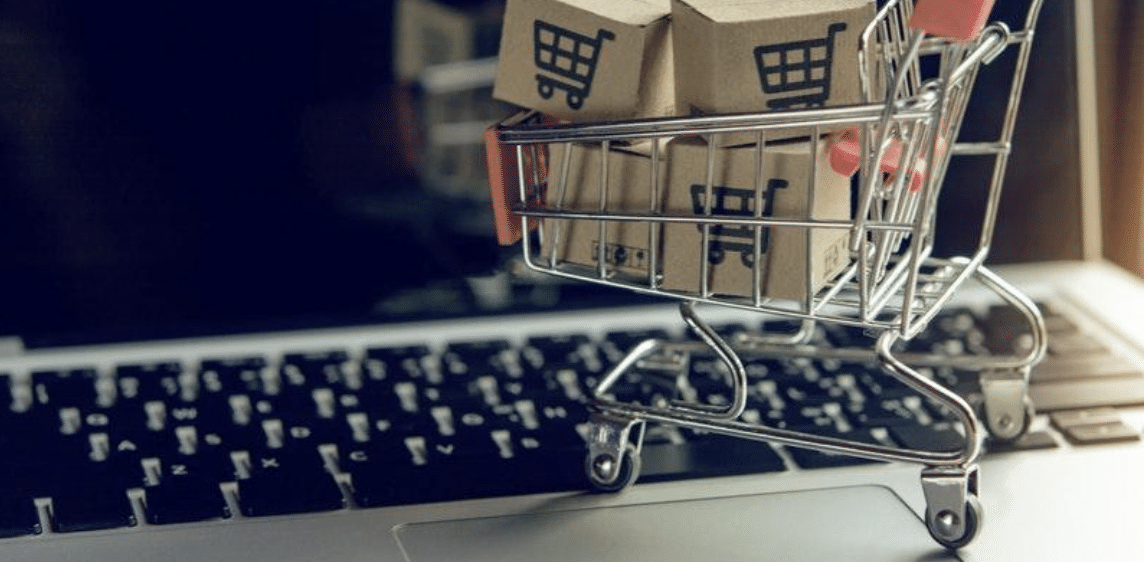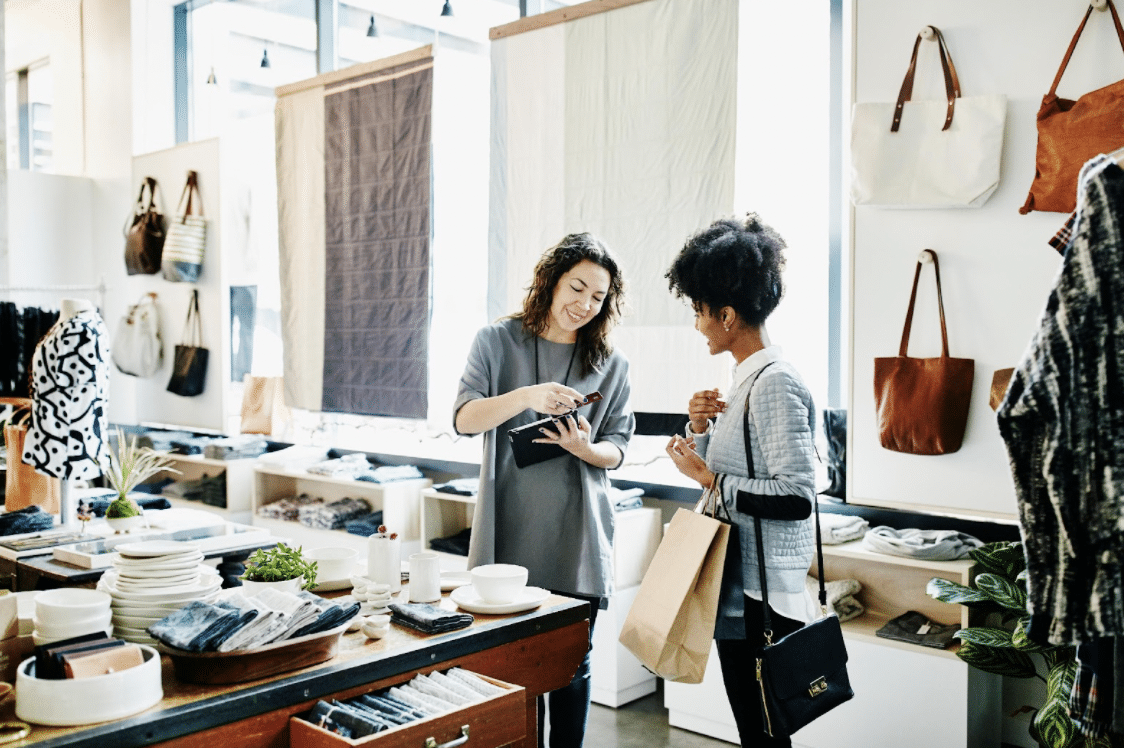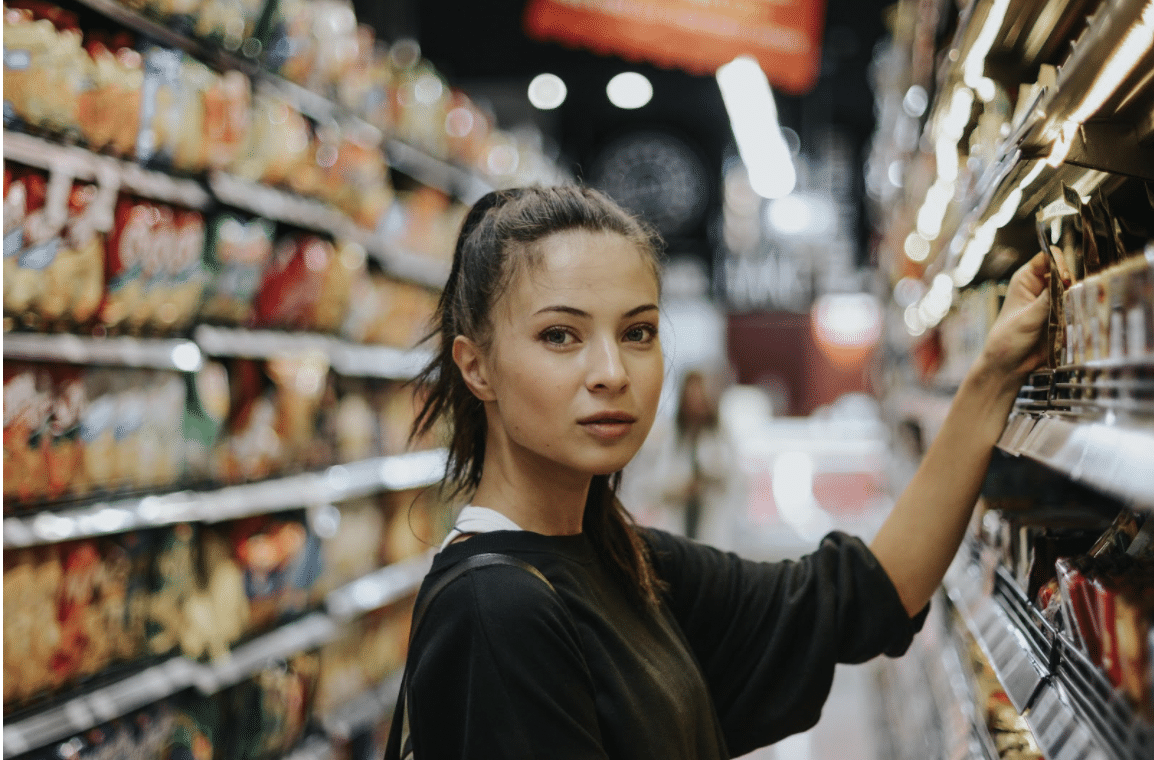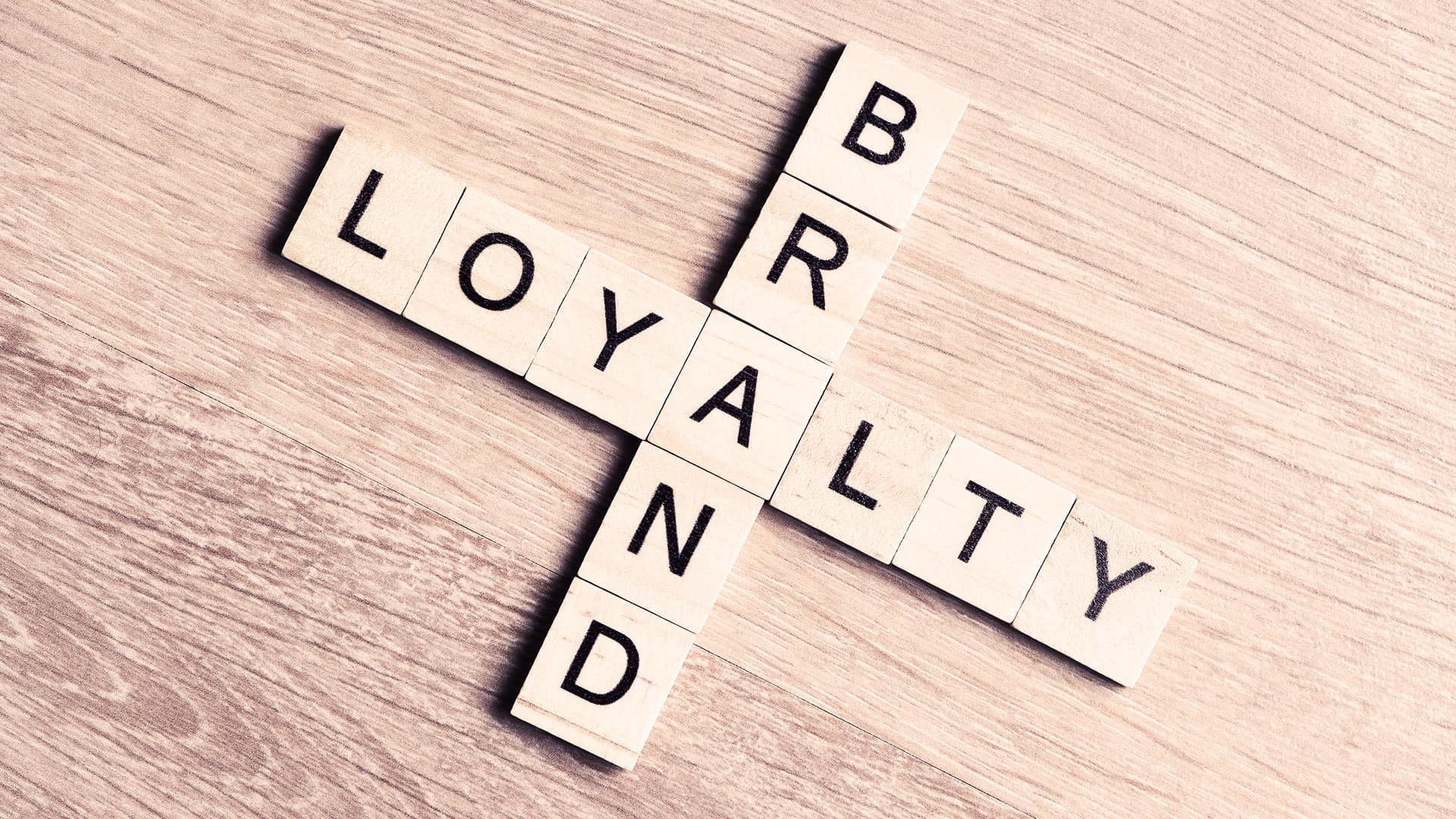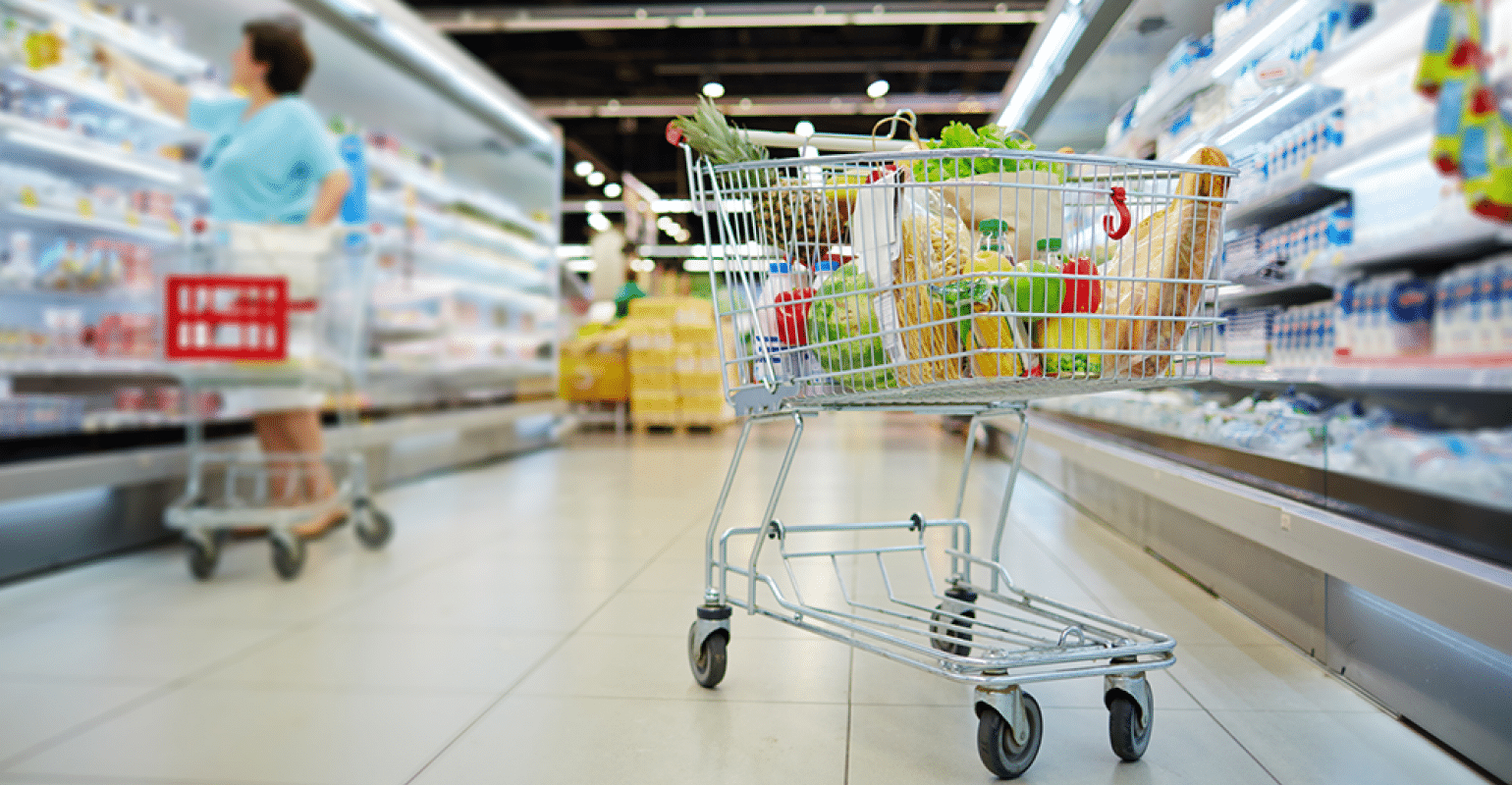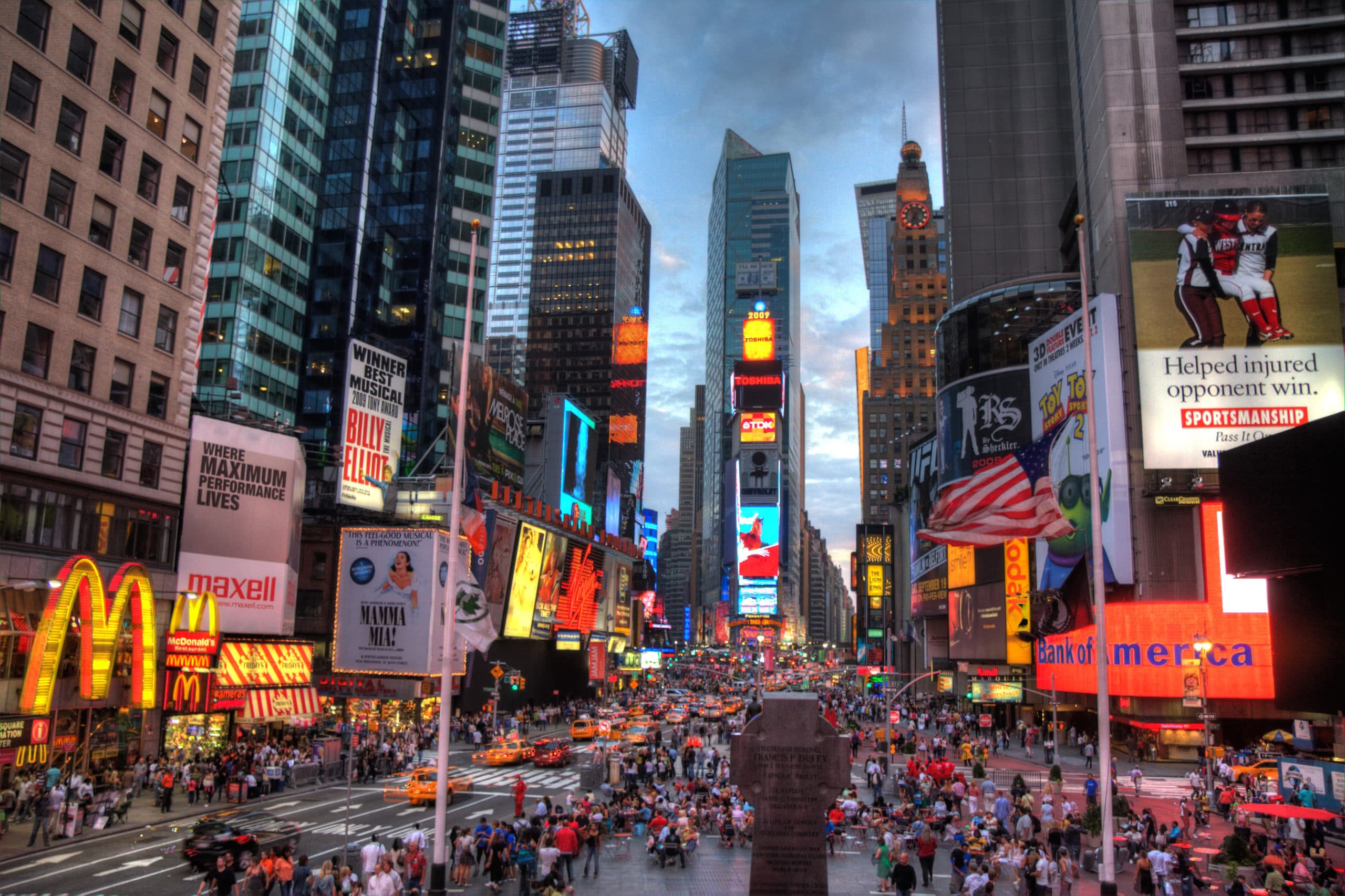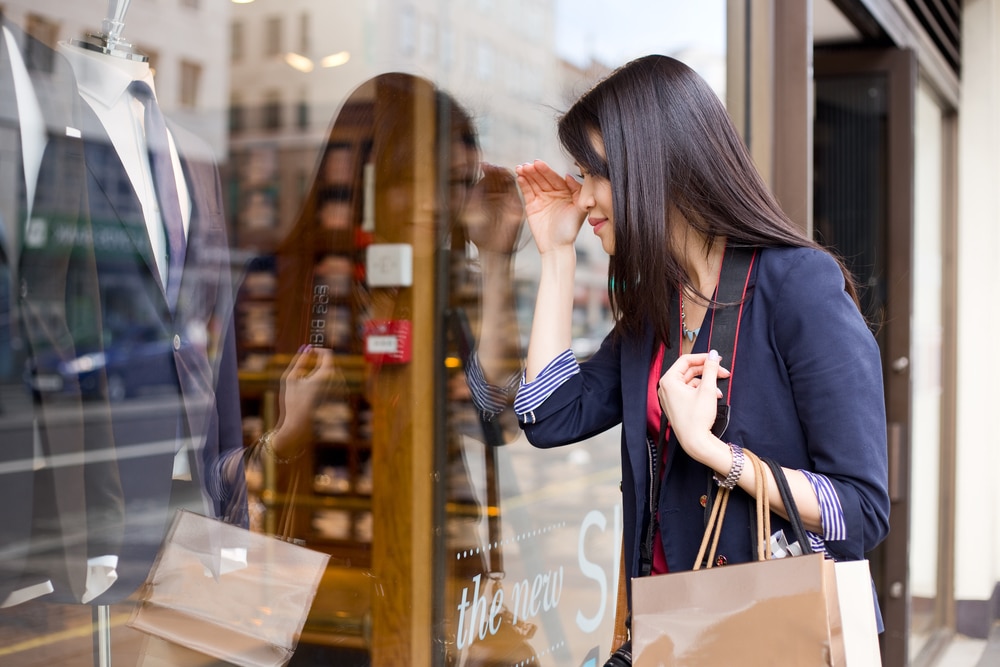As the pandemic has transformed the nature of work with more employees working from home than ever before it has also changed how consumers shop according to new study from IBM and the National Retail Federation.
The new global study of over 19,000 titled “Consumers want it all” revealed that hybrid shopping which mixes physical and digital channels in shopping journeys is on the rise as a result of shopping habits consumers adopted out of necessity that are now becoming routine.
Of those surveyed, almost three quarters (72%) said that they use retail stores as all or part of their primary purchase method. The reasons they gave for visiting a store include touching and feeling products before buying them (50%), picking and choosing their own products (47%) and getting products right away (43%).
However, 27 percent of respondents said that hybrid shopping, where part of their shopping journey is conducted online and the other half takes place in a retail store, is their method of choice. When it came to the generation most likely to be a ‘hybrid shopper’, Gen Z consumers lead the way when compared to other age groups.
VP of research and development and industry analysis at the National Retail Federation, Mark Matthews explained in a press release how hybrid shopping represents a fundamental shift in consumer behavior, saying:
“While many surveyed consumers still place high value on the traditional in-store shopping experience, they also now expect the flexibility to build their own shopping journey – according to the behaviors prevalent to their age range, available tools and the product category they are looking to purchase. This ‘hybrid’ approach is a fundamental shift in consumer behavior.”
Growing importance of sustainability
While adoption of hybrid cloud, AI and other technologies can allow retailers to create bespoke hybrid shopping experiences, IBM’s new study has also revealed that they’ll need to keep sustainability in mind to retain and grow their customer base.
Purpose-driven consumers that choose products and brands based on their own values like sustainability are now the largest segment of consumers surveyed (44%) according to the study. At the same time, 62 percent of respondents are willing to change their purchasing habits to reduce environmental impact which is up from 57 percent two years ago.
Half of respondents said they are now willing to pay an average premium of 70 percent for sustainability which is roughly double the premium from 2020. Still though, there is a gap between intention and action with only 31 percent of respondents saying that sustainable products made up most or all of their last purchase.
Dglobal managing director of IBM Consumer Industries, Luq Niazi provided further insight on the study’s findings and the growing importance of sustainability to consumers, saying:
“The survey shows over the last year, sustainability became increasingly important to consumers, though there’s still a gap between their intentions and actions due to lack of information in the buying process. Increasingly, it’s becoming essential that retail brands demonstrate sustainable choices and options in each step of the customer experience. At the same time, hybrid shopping has taken hold in most categories, particularly in home goods and apparel; and while stores continue to play the predominant role in grocery, hybrid shopping is growing in these categories too.”
We’ve also rounded up the best ecommerce platforms and best shopping cart software
This article was written by Anthony Spadafora from TechRadar and was legally licensed through the Industry Dive Content Marketplace. Please direct all licensing questions to legal@industrydive.com.


